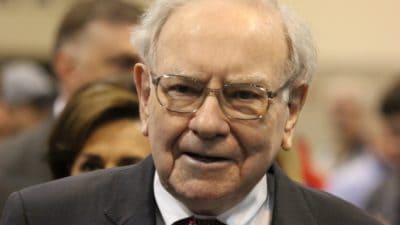On paper, ASOS (LSE:ASC) is a cheap UK share. As of 1 September, its balance sheet was showing net assets of £521.3m, which is £70.9m (15.7%) more than the online retailer’s current (29 November) market-cap.
In other words, if the business ceased trading today and sold all of its assets — and used the proceeds to clear its liabilities — there’d be 439p a share left over to return to shareholders. Considering its current share price is 379p, it could be a good investment for me.
Not what it seems
But a balance sheet approach to assessing value for money can be flawed. Most investors look at earnings and future cash flows rather than assets and liabilities. Rolls-Royce is a good example of this.
At 30 June, its accounts disclosed net liabilities of £2.2bn, which means the group’s technically insolvent. However, with forecast 2024 pre-tax earnings of £2bn, it has a stock market valuation of £46.4bn.
Unfortunately, ASOS is loss-making. This means it’s not possible to use profitability-based valuation measures such as the price-to-earnings (P/E) ratio. Also, for each day it’s in the red, its balance sheet deteriorates.
But investors will overlook a poor performance if they can see a path to profitability. Perhaps that’s why Camelot Capital Partners, an investment firm closely connected to one of the ASOS directors, has recently increased its stake in the company to 15.2%. This could also explain why Frasers Group maintains a 24.2% shareholding.
However, I’m not convinced.
Then and now
Yes, the company did enjoy success during the pandemic. Its target market of “fashion-loving 20-somethings” were stuck at home and cheered themselves by buying cheap clothes. During the year ended 31 August 2021 (FY21), it reported a profit after tax of £128.4m.
But for FY24, revenue was 26% lower, its gross margin had shrunk by two percentage points and its adjusted post-tax loss was £123.4m. To break even, sales would’ve needed to be 9.8% (£284m) higher.
Also, some of the company’s key metrics are going in the wrong direction. Comparing FY24 with FY23, active customers fell by 3.7m and visitors to its website were down 15.4%. The average order frequency reduced from 3.59 to 3.43.
Hope of a recovery
To reverse these trends, the directors are pursuing a turnaround plan which, if successful, will see the company achieve a gross margin of around 50% (FY24: 43.4%). There’s a new emphasis on earnings rather than sales volumes.
By selling more of its own-brand items, ASOS hopes to retain a greater proportion of its revenue. Overheads are also being pruned. The company’s ‘mothballed’ its distribution centre in Staffordshire and sub-let another one.
Encouragingly, stock levels have already fallen significantly and, despite its woes, the company’s borrowings remain under control.
But I think it’s going to take time before the full impact of these actions is seen in the company’s bottom line. The company also faces fierce competition, including from Shein, which is rumoured to be considering listing on the London Stock Exchange. If it does, those looking to invest in the fast fashion sector may see the Chinese giant as a better long-term prospect.
For these reasons, I’d need to be more certain of a recovery before parting with my cash.







